
While engineering their first-ever snowmobile, Suzuki engineers correctly concluded that most snow machines of the day were essentially disposable devices.
So the new 1971 Suzuki SM10 snowmobile, marketed as the Nomad 360, was constructed to last and introduced with the theme “Built stronger than it has to be.”
Attention-grabbing ads carried headlines like “Suzuki thinks a snowmobile should last longer than three years.” The company then backed it up with a longer-than-standard warranty and attention to detail in many key areas. But would it be enough to grab attention in a crowded market?
Some New, Some Not
A new purpose-built snowmobile powerplant was specifically engineered to combat vapor lock, a major reliability issue of the day. The Nomad was one of the first sleds in the industry to use the Mikuni VM-series float bowl carburetor with an external fuel pump. Other anti-vapor lock measures included a large radial cooling fan and a carefully-engineered exhaust system to fight under-hood heat that caused this sled-immobilizing problem.
The Nomad’s engine also utilized reed valve induction for better low-end grunt. Outboard Marine Corp. — maker of Evinrude and Johnson — brought this concept to the sport but never promoted it, allowing Suzuki to appear to be the first to use it. A dual-coil ignition also improved reliability, and the electrical output of 180 watts more than doubled that of typical sled engines of the day.
At 360cc, the Nomad’s engine didn’t fit the industry’s established size hierarchy. But the modest power output was in line with the typical 340cc fan of the day and provided a quick glimpse of the future. Later Arctic Cat Spirit engines from Suzuki also used larger-than-normal displacements to generate additional torque and last longer due to de-stressed components.
The Suzuki chassis was decidedly old school, and despite promotion of its “aircraft-type ball joints” in the steering, the Nomad’s handling, side-to-side stability and ride quality were sub-standard. However, an engine shroud, kill switch, adjustable handlebars and disc brake were all advanced features. Suzuki also emphasized its “double-strength aluminum drive wheel,” which was how it confusingly described the plastic-covered drive sprocket.
Warranty of six months or 1,500 miles, whichever came first, was better than most.
The Market Yawns
Despite that instant credibility from the Suzuki name was backed up with extensive attention-grabbing advertising, the market greeted the Nomad with a big collective yawn as the “Suzuki lives longer” message simply failed to resonate with buyers.
Suzuki handicapped its sled sales by limiting them to full-line dealers only. No snowmobile-only franchises were allowed, significantly limiting the number of outlets because the financial and floor-space requirements for major-brand motorcycle dealerships were much higher than for a sled dealership. And many Suzuki motorcycle dealers simply had little interest and even less experience in the snowmobile market so they were not effective representatives for the sled line.
Popular Snowmobiling magazine did run a feature on the new Suzuki sleds, commenting that “the Nomad … is no slouch on performance.” The publication also noted that the Nomad “is well-equipped electrically for night driving” and went on to comment that “we see a lot of hardware that can come loose after a few hours riding, but in general the machines look well made.” The magazine concluded that “Instead of trying to capture the market with tricky little mini-snowmobiles or appearing years behind in development, Suzuki has introduced a well-developed machine worthy of the buyer’s consideration.”
Nevertheless, sales of the 1971 Nomads just sputtered along as riders generally ignored the maybe 5,000 Suzuki sleds of all three models (two Nomads and the very similar original XR-400) that were built that year.
Moving On
The Nomad anchored the Suzuki snowmobile line throughout the brand’s five-year run, with engine options tweaked and expanded along the way. But by 1975 Suzuki had a big pile of unsold snowmobile inventory, and it was clear that its product engineering and marketing strategy built on durability had failed. The company exited the business as a vehicle marketer after the 1975 season to become Arctic Cat’s primary engine supplier, a position that it still holds.
Nomad restoration parts are hard to find now, but reproductions of some items are available, and many Yamaha parts will reportedly fit the chassis and suspension. It is likely that the Hamamatsu, Japan-based factories of the two companies used many of the same component suppliers.
Durability didn’t make the Suzuki snowmobile successful, but original Nomads still exist today because they were built to last.
Editor’s Note: Every Snow Goer issue includes in-depth sled reports and comparisons, aftermarket gear and accessories reviews, riding destination articles, do-it-yourself repair information, snowmobile technology and more. Subscribe to Snow Goer now to receive print and/or digital issues.


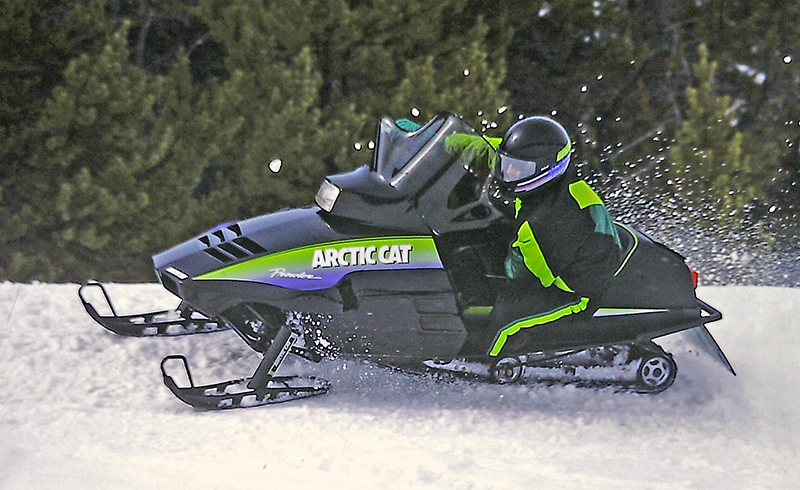
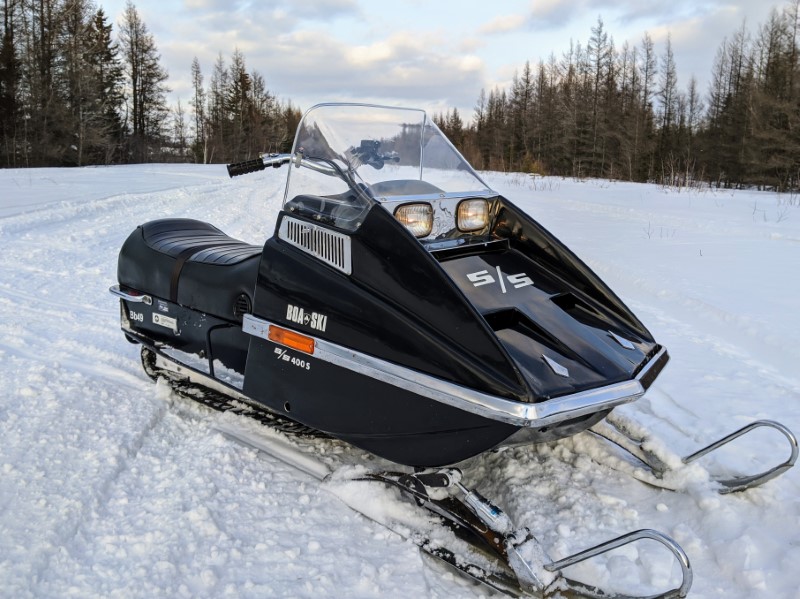
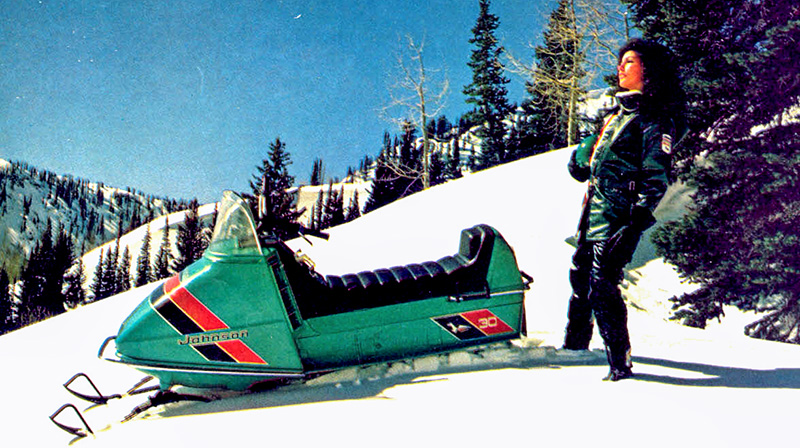
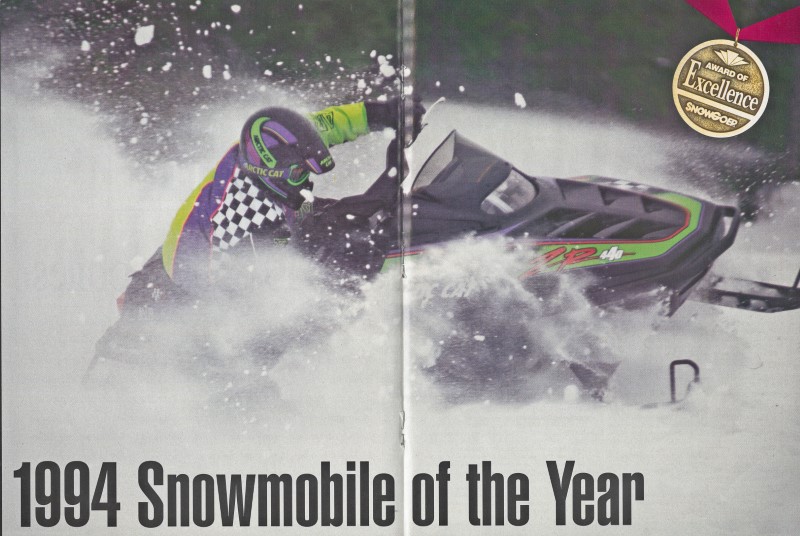
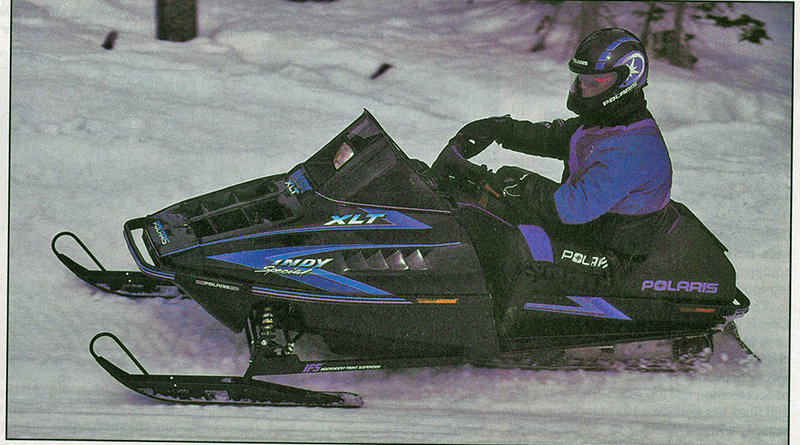
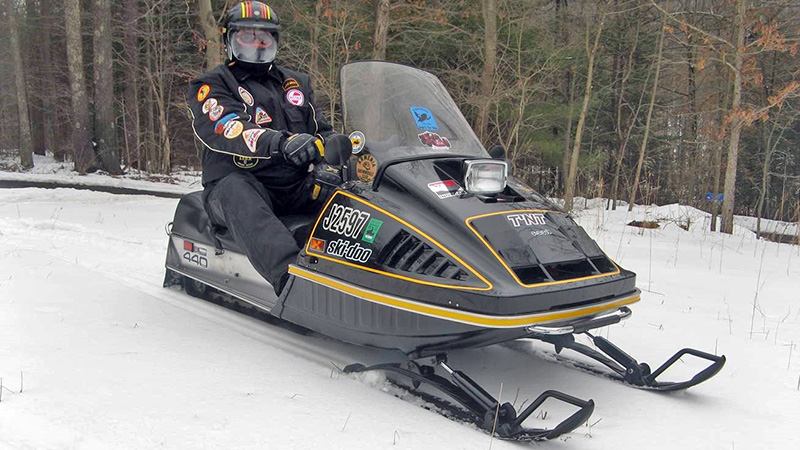
I have a older Suzuki nomad in good shape with no paper work is there a way I can find the year it was made
Model SM 11
Engine type SM 11
Piston displacement 336 cc
Body number SM 11 12285
Engine number SM 11 12429